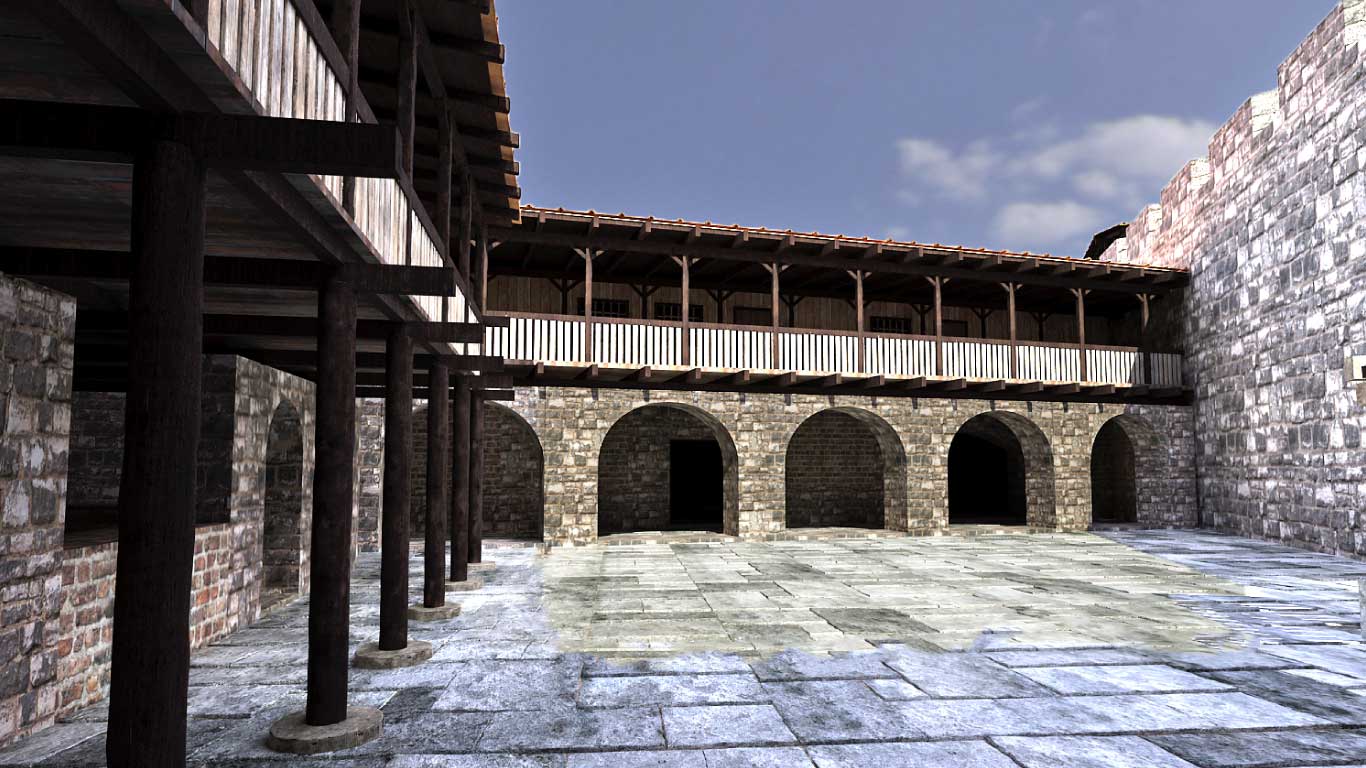The village of Taor is located about 20 km south-east of the center of Skopje, on the left bank of the River of Vardar, at the place where the river enters into the Valley of Taor. The village is connected with Skopje through the bridge over the river Vardar and the village of Oreshani. In Roman times, the main Vardar’s road that was passing through the northern foothills of the settlement went from Skupi (Skopje) via Stobi to Thessaloniki. The archeological site of the Gradiste is located on the peripheries of the village of Taor, located on a high hill consisting of an acropolis and two terraces.
The site was first recorded by the English archaeologist, traveler and writer Sir Arthur Evans a hundred years ago. While visiting archeological site of roman city of Skupi, he also visited Taor locality, initialing first information about its location. Despite, previous short excavation of the settlement have been carried out recently, in the year of 2000 the Museum of the City of Skopje conducted the first systematic archeological research of the settlement. The aim was to determine the character, size and stratigraphy of the settlement. Already from the following year 2001 until today, the settlement has been systematically investigated.
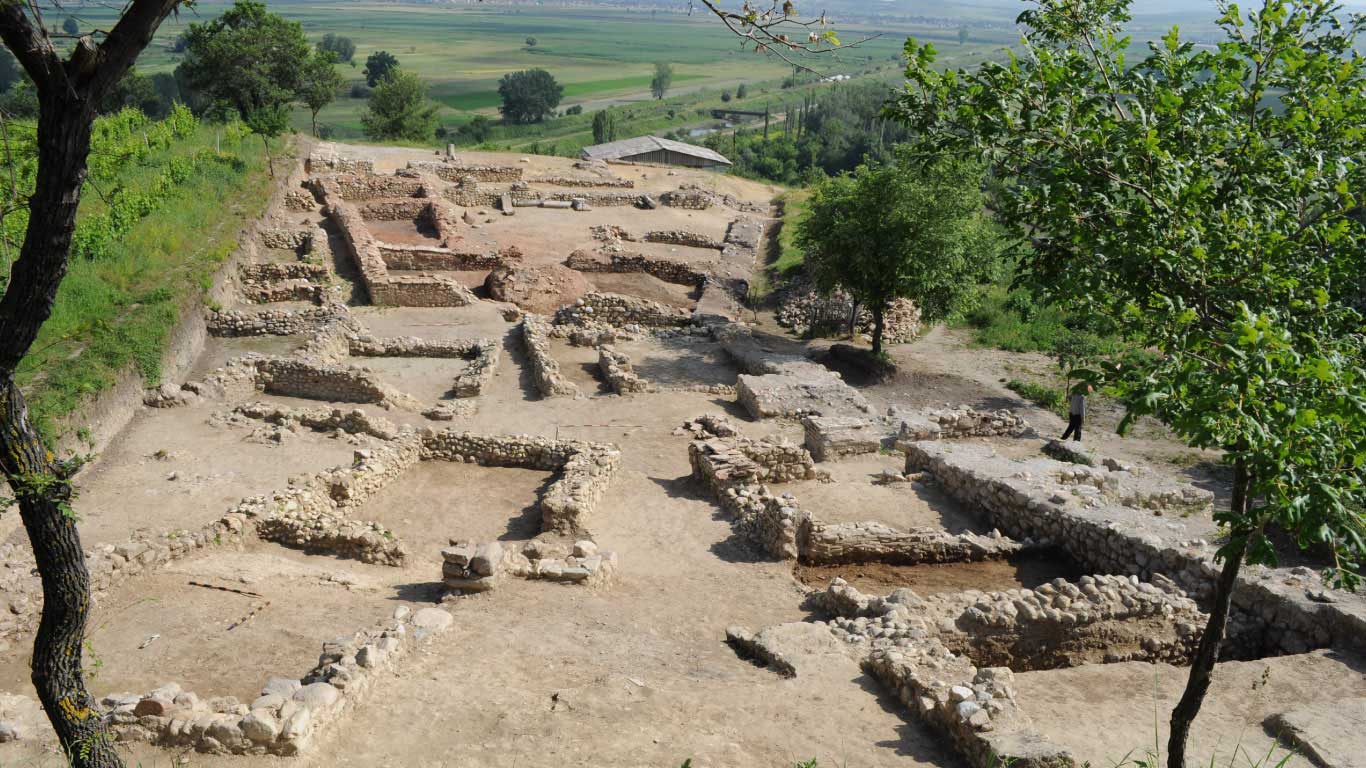
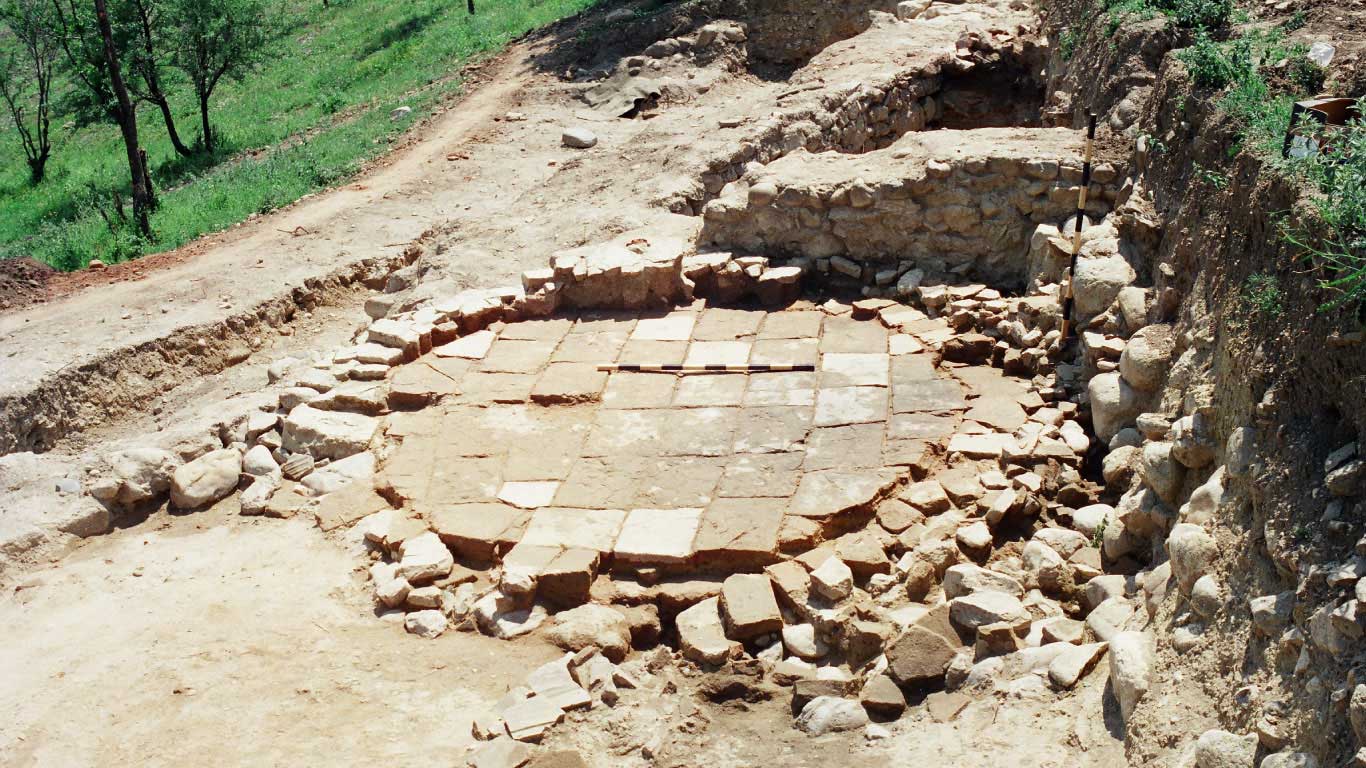
According to the results of the previous researches of the settlement, three cultural layer of living have been discovered, namely: Prehistoric cultural horizon belonging to the Early Bronze Age, dating from around 2200 - 1600 AD. BC. It has been confirmed through findings of stone axes, flint knives and more fragmented parts of ceramic vessels, discovered in the ancient layers. The ancient cultural layer existed from the 2nd century BC until the 6th century AD. As a result of the several incursions of the Avars and Slavs during the VII to IX century, the settlement was completely abounded, so that at the end of the IX to the end of the XII century the settlement become active again, as a smaller settlement.
The greatest prosperity of the settlement was reached during the Roman period of the II - VI century, from which period all the discovered buildings originate. The route of the defensive wall has been almost completely discovered, in the interior of which two public buildings connected with an atrium have been discovered, in which an entrance to the settlement has been placed through the defensive wall on the eastern side. The 16 dwelling houses and an oven with a bread oven have been partially or fully uncovered to accommodate the increased military presence. A water supply system was built on the settlement for the supply of clean drinking water, as well as a drain for the atmospheric waters outside the settlement.
With the research so far, a very large amount of movable archaeological material has been discovered. In addition to numerous fragments of ceramic vessels, fragments of glass were discovered dishes, window glass, jewelry (earrings, fibulae, rings) bone objects, weapons, parts of military equipment, objects from building structures, parts of locks and keys, about 600 bronze coins, etc. Source data about the Tauresium settlement, where Emperor Justinian was born, comes from the ancient author Procopius, who lives in the same time as Justinian.
Describing the birthplace of the emperor, Procopius speaks of him with an epithet. From the description, the readers get the impression that Procopius did not know the exact geographical location, but, linking it to the location of the Bederiana castle, he precisely specified its geographical location. The data on the ancient settlements of Tauresium and Bederiana given by Procopius are basically identical to the locations of today's villages of Bader and Taor in Skopje.
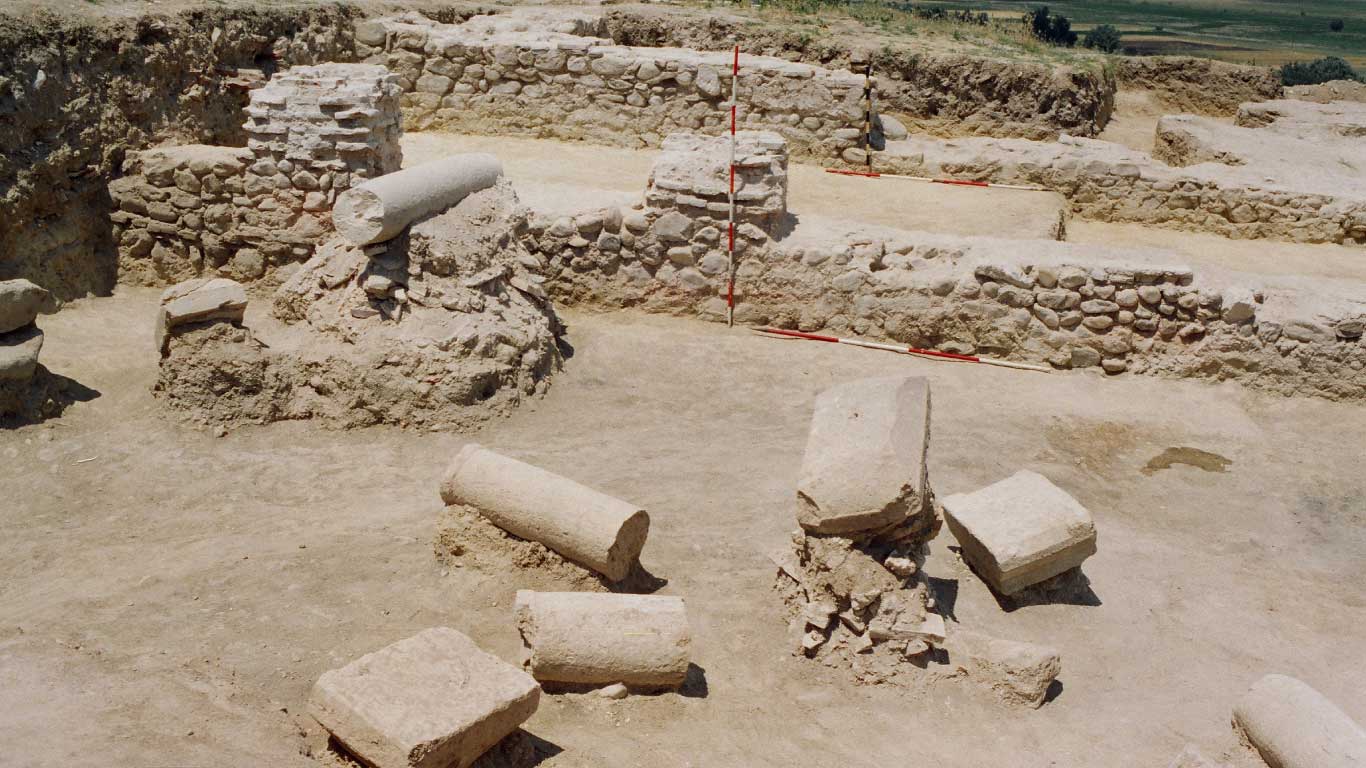
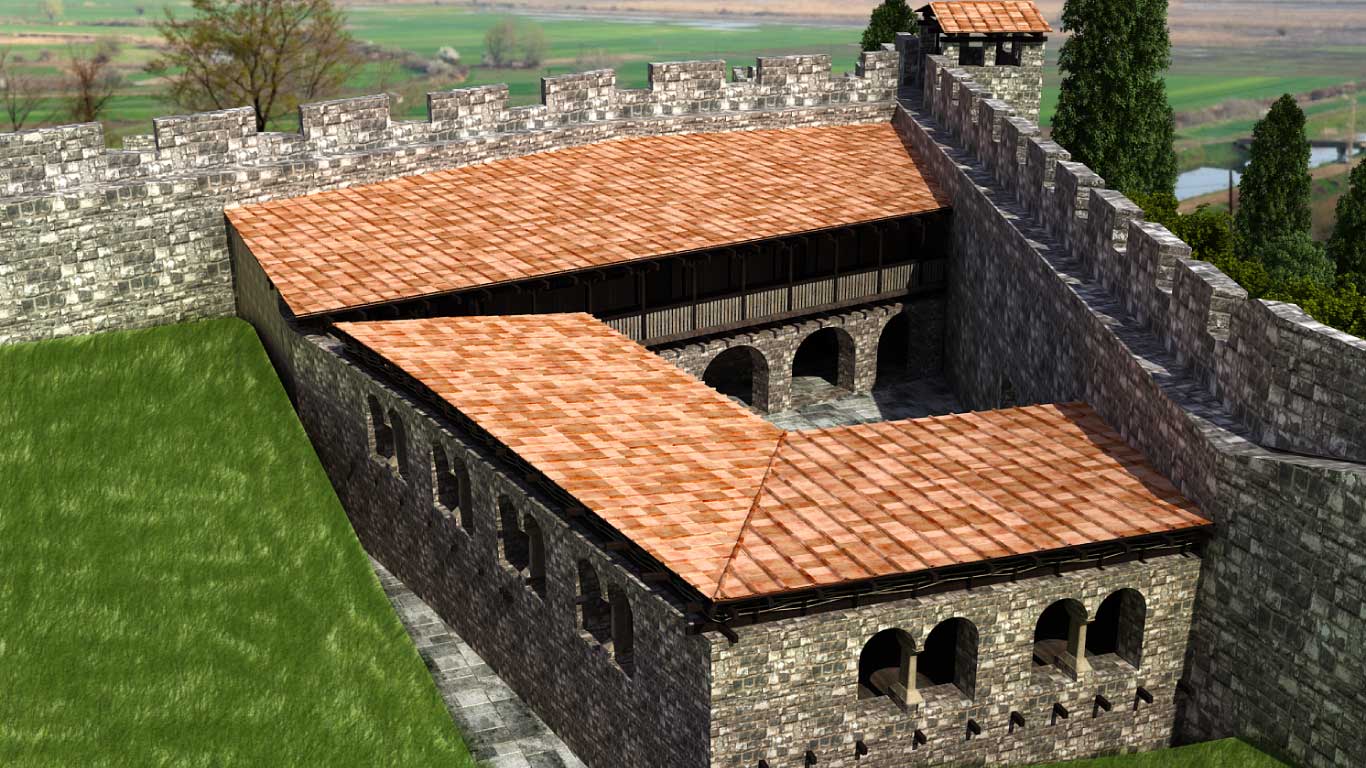
The similarity of the toponyms of today's villages, with those mentioned by Procopius is certainly not accidental. For the time being, archaeological remains have been found in these two villages, but only the settlement near the village of Taor has been archaeologically intervened. From the results of the research so far, we can conclude that the settlement at Taor was rebuilt after the catastrophic earthquake of 518.
Considering the physical proportions, the identical opus of building and the very high quality of the cement that was used for the all the buildings discovered so far, as well as the finding that the discovered parts of the buildings, and the defensive wall that are planned and very solidly built, lead to conclusions that the data about the restoration of the settlement at Taor in the time of Justinian, given by Procopius are correct. On the other hand, it gives grounds to assume that archeological site of Taor is ancient city of Tauresium, birthplace of the greatest Byzantine emperor Justinian I (527-565). Author of the text: Kiro Ristov

